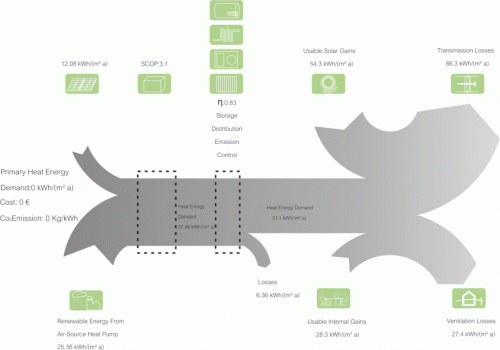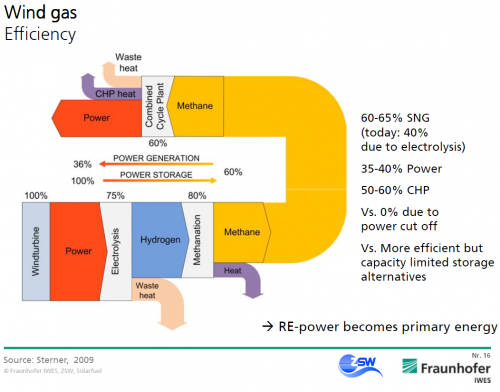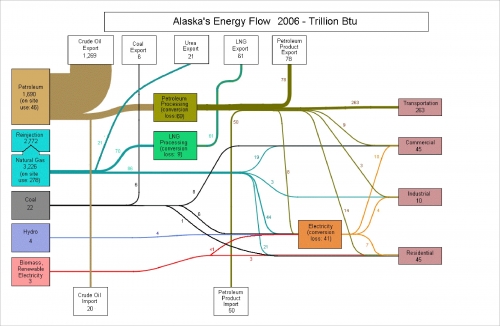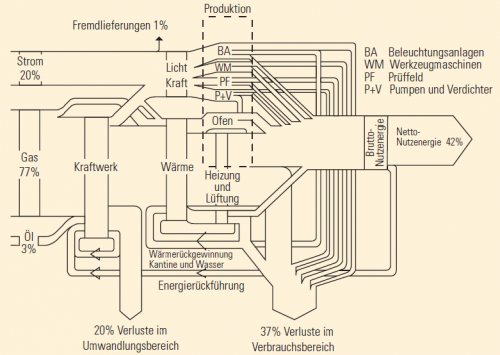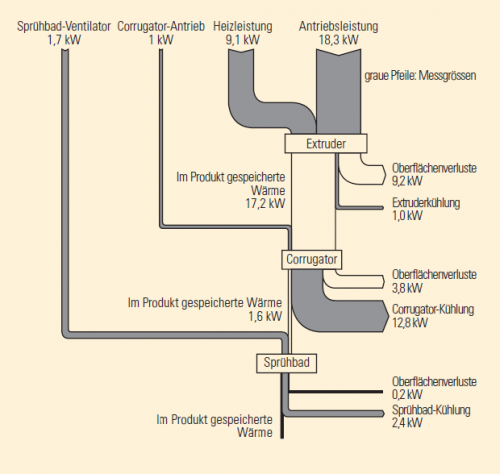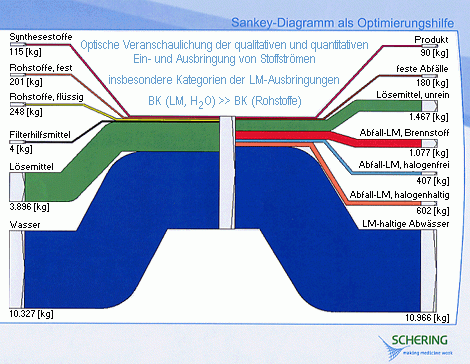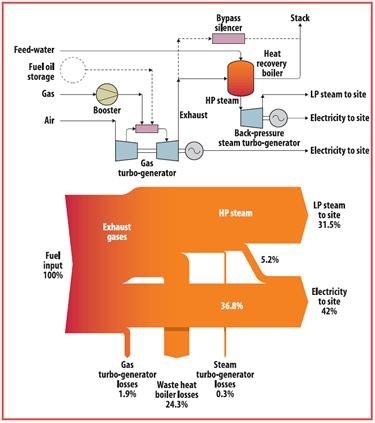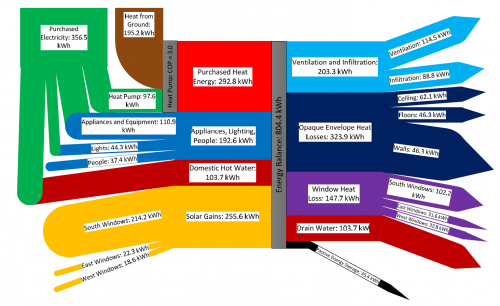Architect Ziya Buluch has a comprehensive description of his project ‘The Nest’ on his blog. The Nest is a green building which is planned to have no external primary head demand.
Scroll down to the end to find this Sankey diagram:
The flows represent the heat energy. Overall demand for heat 37.46 kWh per square meter per year. 12.08 kWh/m2a is from solar panels, 25.38 kWh/m2a from an air-source heat pump (whaterver that is…).
Untypical Sankey diagram, but nevertheless interesting. Flows are not really to scale (compare the 12 kWh inflow and the 6 kWh losses outflow, which should have half the width, or to the 25 kWh inflow that should be roughly twice as wide). Unicolor grey flows with a slight gradient from left to right.
